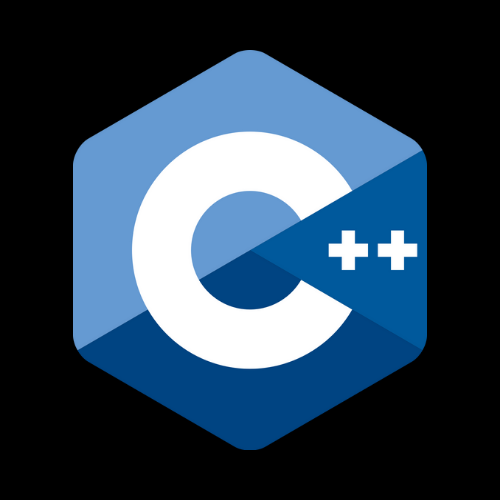C++ Booleans and Boolean Expressions:
1. C++ Booleans:
In C++, a Boolean is a data type that can have one of two values: true or false. Booleans are often used in control structures like conditional statements and loops to make decisions based on the truth or falsity of a condition. Boolean expressions, on the other hand, are expressions that evaluate to a Boolean value (either true or false
#include
using namespace std;
int main() {
bool isRaining = true;
bool isSunny = false;
cout << "Is it raining? " << isRaining << endl;
cout << "Is it sunny? " << isSunny << endl;
return 0;
}
In this example, we declare two Boolean variables, isRaining and isSunny, and then print their values. The output will be:
Is it raining? 1
Is it sunny? 0
In C++, 1 represents true, and 0 represents false.
2. C++ Boolean Expressions:
Boolean expressions are used to create conditions in control statements. These expressions typically involve comparison operators like == (equal to), != (not equal to), < (less than), > (greater than), <= (less than or equal to), and >= (greater than or equal to).
#include
using namespace std;
int main() {
int x = 5;
int y = 7;
bool isEqual = (x == y);
bool isNotEqual = (x != y);
bool isGreaterThan = (x > y);
bool isLessThanOrEqual = (x <= y);
cout << "Is x equal to y? " << isEqual << endl;
cout << "Is x not equal to y? " << isNotEqual << endl;
cout << "Is x greater than y? " << isGreaterThan << endl;
cout << "Is x less than or equal to y? " << isLessThanOrEqual << endl;
return 0;
}
In this example, we use various comparison operators to create Boolean expressions and store the results in Boolean variables. The output will be:
Is x equal to y? 0
Is x not equal to y? 1
Is x greater than y? 0
Is x less than or equal to y? 1
As you can see, the results of the Boolean expressions are 0 for false and 1 for true.
Boolean values and expressions are fundamental in programming because they allow you to control the flow of your program and make decisions based on specific conditions. These are commonly used in if statements, while loops, for loops, and other control structures to determine which block of code to execute.


